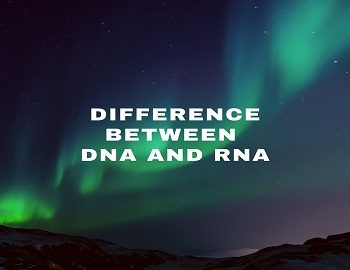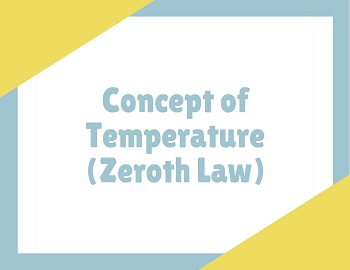Table of Contents
DNA and RNA:
Genetic Material:
The material which stores the biological information in a coded form and is able to transmit such information from one generation to another is called Genetic material. Before the discovery of DNA, proteins were regarded as the genetic material but proteins are unable to replicate like DNA. Hence DNA is described as the main genetic material.
Characteristics features of Genetic material:
- Genetic material should be present in each and every cell.
- Its amount should be the same in all somatic cells.
- DNA is able to replicate and hence form an exact copy which is transmitted to the next generation of the daughter cell.
- DNA should store genetic information in the form of genes.
- The DNA should be able to mutate and hence it brings about the process of evolution.
Discovery of DNA:
- In 1869, Friedrich Miescher, a Swiss physician, isolated a substance from the cell nuclei and called it nuclein.
- It was renamed as nucleic acid by Altman (1889) and is now known as DNA.
- It was only in 1953 that James Watson and Francis Crick, based on the X-ray diffraction data produced by Maurice Wilkins and Rosalind Franklin, proposed a very simple but famous Double Helix model for the structure of DNA.
- Watson and Crick were awarded Nobel Prize in 1962, for giving the famous double-helical structure of DNA.
Difference between DNA and RNA:
Nucleic acids are generally called ‘controller‘ or ‘manager‘ of the cell. These are biological significant polymers that are present in all living cells. They direct the synthesis of proteins and are responsible for the transfer of genetic information i.e. hereditary characteristics. The two types of nucleic acids are-
- RNA– Ribonucleic acid.
- DNA– Deoxyribonucleic acid.
Some important points of differences between DNA and RNA are given below-
| DNA | RNA |
|---|---|
| Sugar: Deoxyribose. | Ribose. |
| Nitrogenous bases: Purine- Adenine, Guanine; Pyrimidine- Cytosine, Thymine. | Purine- Adenine, Guanine; Pyrimidine- Cytosine, Uracil. |
| Occurrence: Chromosome of the nucleus. | Cytoplasm. |
| Type: one. | Three types- rRNA (Ribosomal RNA), mRNA (Messenger RNA), tRNA (Transfer RNA). |
| Quantity of bases: Purine and Pyrimidine remain equal in proportion. | Not so. |
| Base composition: A/T = G/C = 1. | Not so. |
| Structure: Double-stranded, helically coiled and one chain is complementary to another except in bacteriophage where it is single-stranded. | Single-stranded and not helically coiled except in reovirus and wound tumor virus where it is double-stranded. |
| Replication: Can replicate to form new DNA. | Cannot replicate to form new RNA molecule. |
| Function: Responsible for the inheritance of character. | It is responsible for protein synthesis. |
Role of rRNA, mRNA, tRNA:
- rRNA (Ribosomal RNA)- It serves to release mRNA from DNA. The ribosomal proteins and the rRNA form the functional units of ribosomes during protein synthesis.
- mRNA (Messenger RNA)- It carries codons which serve as a message tape to be decoded into a protein (amino acids).
- tRNA (Transfer RNA)- It picks up activated amino acid from the cytoplasm and supplies it to mRNA in the ribosome according to the message expressed in the form of the codon. Each amino acid bears a recognition site, anticodon site, ribosome attachment site, and amino acid attachment site.









Comments (No)